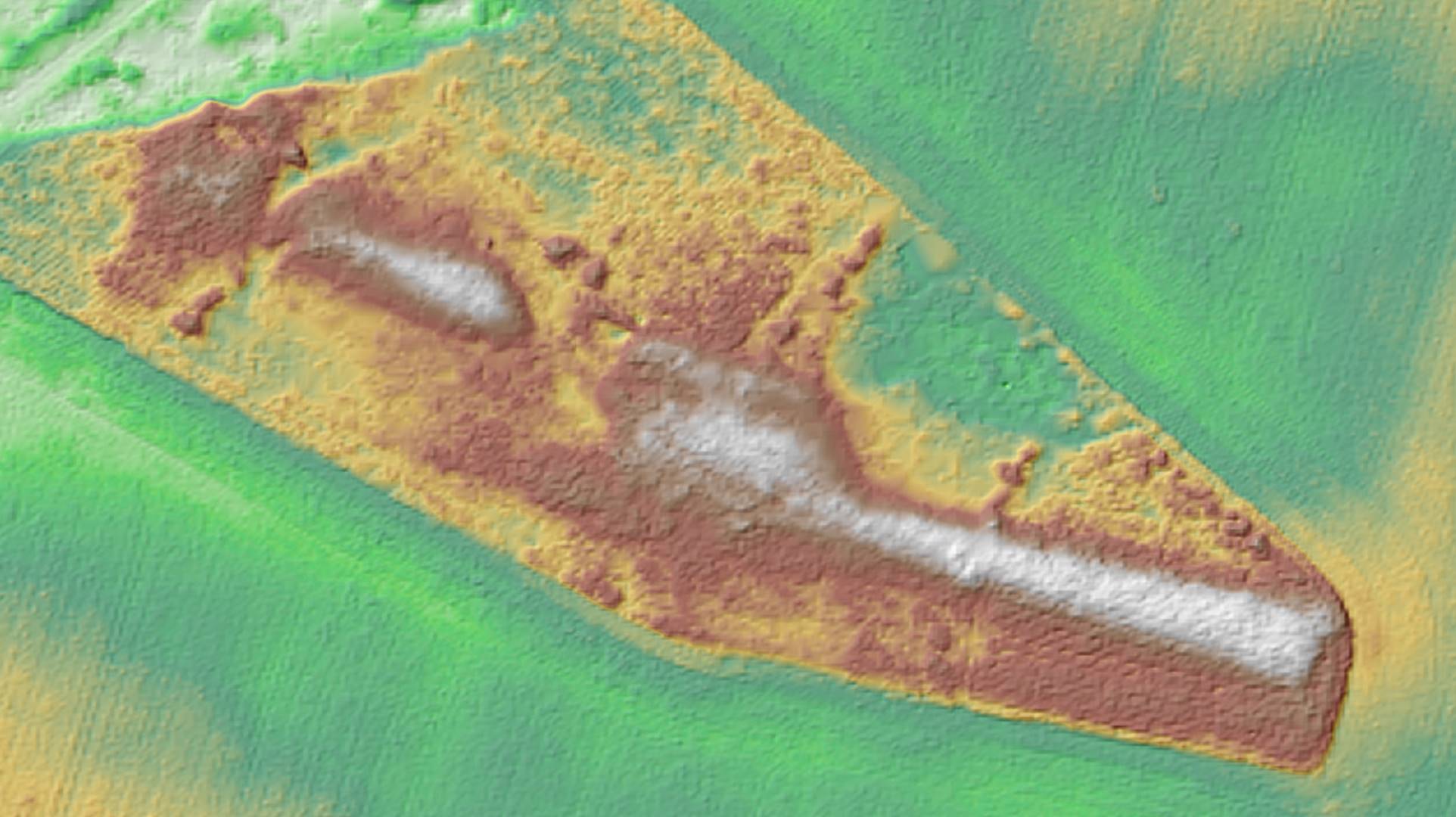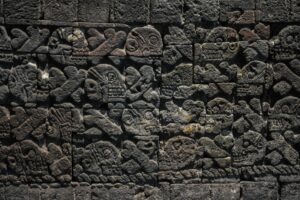113-Million-Year-Old Hell Ant Fossil Found in Brazil
The discovery of a 113-million-year-old hell ant fossil in Brazil rewrites ant evolutionary history. It’s the oldest known ant fossil, offering rare insight into ancient hunting behaviors and global dispersal patterns.
A Glimpse into Early Ant Evolution
The Vulcanidris cratensis fossil offers invaluable insights into the early evolution of ants. Belonging to the extinct subfamily Haidomyrmecinae, commonly referred to as “hell ants,” this specimen exhibits highly specialized morphological features. Notably, it possesses upward-curving, scythe-like mandibles and a prominent horn-like projection on its head—adaptations believed to have been used for trapping and impaling prey.
Unlike modern ants, whose mandibles operate horizontally, hell ants’ mandibles moved vertically, a unique trait among known ant species. This vertical movement, combined with the horn-like structure, likely allowed these ants to swiftly clamp down on prey, securing them between the mandibles and the horn.
Implications for Ant Diversification and Distribution
The discovery of Vulcanidris cratensis in South America significantly extends the known geographical range of early ants. Prior to this find, the oldest known hell ant fossils were approximately 99 million years old and primarily discovered in amber deposits from Myanmar and France. The Brazilian fossil not only predates these specimens but also suggests that early ants had a broader distribution across ancient landmasses, including Gondwana.
This widespread distribution indicates that ants had already begun diversifying and adapting to various ecological niches by the mid-Cretaceous period. The specialized features of hell ants, such as their unique mandibles and horn structures, exemplify early evolutionary experiments in predation strategies among ants.
The Crato Formation: A Window into the Past
The Crato Formation, part of the Araripe Basin in northeastern Brazil, is renowned for its exceptionally well-preserved fossils, offering a detailed snapshot of life during the Early Cretaceous period. The preservation of Vulcanidris cratensis in limestone, rather than amber, provides a different perspective on fossilization processes and the types of organisms that can be preserved.
The fossil’s excellent preservation allowed researchers to conduct micro-computed tomography (micro-CT) scans, revealing intricate details of its morphology. These scans confirmed the presence of the distinctive mandibles and horn, solidifying its classification within the Haidomyrmecinae subfamily.
Evolutionary Significance and Extinction
Hell ants, including Vulcanidris cratensis, represent an early and now-extinct branch of the ant family tree. Their specialized predatory adaptations highlight the diverse evolutionary paths ants explored during their early history. However, such specialization may have also contributed to their eventual extinction. As ecological conditions changed, particularly leading up to the end of the Cretaceous period, the narrow dietary and habitat preferences of hell ants could have rendered them vulnerable to extinction.
The disappearance of hell ants predates the Cretaceous-Paleogene (K-Pg) extinction event by several million years, suggesting that their extinction was likely due to gradual ecological shifts rather than a sudden catastrophic event. This pattern underscores the potential risks of extreme specialization in evolutionary history.
Broader Impacts on Understanding Insect Evolution
The discovery of Vulcanidris cratensis not only pushes back the timeline of ant evolution but also enriches our understanding of insect diversification during the Cretaceous period. It highlights the complexity and adaptability of early ants, as well as their role in prehistoric ecosystems. Furthermore, it emphasizes the importance of fossil sites like the Crato Formation in uncovering the deep history of life on Earth.
As researchers continue to study such fossils, each new find contributes to a more nuanced picture of how insects, including ants, have evolved over millions of years, adapting to changing environments and ecological pressures. These insights not only inform our understanding of the past but also provide context for studying present-day biodiversity and the evolutionary processes that shape it.
Share this content:














Post Comment